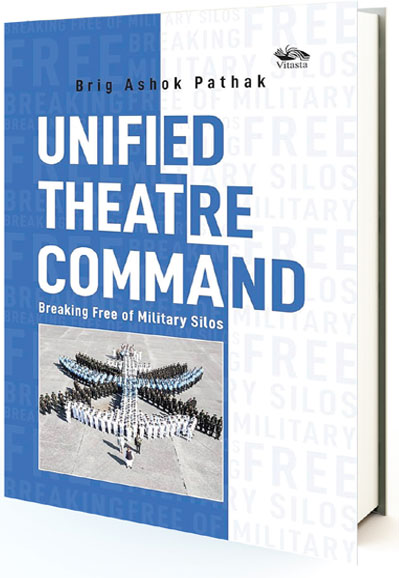A Continuum
How Indian military can draw from ancient wisdom to devise future strategies. An extract
Brig. Ashok Pathak (retd)
 The Arthashastra, Kautilya’s treatise derived from the Atharvaveda, also describes the duties (Raj dharma) of the King (the ruling class). The King’s dharma is to protect territorial integrity, civilisational values and ensure the well-being of the citizen. In essence, the political vision helps in answering five basic questions that relate to national security that are relevant for our study. What needs to be protected in terms of territory, people and civilizational values? Second, the threat indicators and modus operandi to neutralize the threats.
The Arthashastra, Kautilya’s treatise derived from the Atharvaveda, also describes the duties (Raj dharma) of the King (the ruling class). The King’s dharma is to protect territorial integrity, civilisational values and ensure the well-being of the citizen. In essence, the political vision helps in answering five basic questions that relate to national security that are relevant for our study. What needs to be protected in terms of territory, people and civilizational values? Second, the threat indicators and modus operandi to neutralize the threats.
Our ancient wisdom on national security suggests that the threats need to be neutralised as soon as they emerge. Based on the type of threats, Kautilya described four types of war—the war of counsel (diplomacy), open warfare (this is where military is used at the time and place of their own choosing), concealed warfare, and psychological warfare. According to the wisdom of the Vedas and Upanishads, open warfare must be the last resort, it must be fought for a brief period of time with minimal damage to property and human lives (on both sides).
The third and most critical question is about major components or organs of the nation-state including their relative positions. Kautilya believed that the armed forces of the nation are positioned sixth after the treasury (economy). The king (elected political leader) occupied the top place followed by the council of ministers, next being the land and the
Subscribe To Force
Fuel Fearless Journalism with Your Yearly Subscription
SUBSCRIBE NOW
We don’t tell you how to do your job…
But we put the environment in which you do your job in perspective, so that when you step out you do so with the complete picture.







